 When the Tough Traveling weekly meme over at Fantasy Review Barn touched the subject of heists, a good number of interesting books was listed by various posters: The Palace Job was the one that almost everyone mentioned, always in enthusiastic terms, so it’s hardly surprising that I became curious about it. After a quick, compelling read I now understand the reason for such glowing reviews.
When the Tough Traveling weekly meme over at Fantasy Review Barn touched the subject of heists, a good number of interesting books was listed by various posters: The Palace Job was the one that almost everyone mentioned, always in enthusiastic terms, so it’s hardly surprising that I became curious about it. After a quick, compelling read I now understand the reason for such glowing reviews.
The Palace Job has been described as Ocean’s Eleven in a fantasy setting and it’s partly true, but the story itself is a very original one, blending classic fantasy elements with a great deal of humor and tongue-in-cheek fun poked at the genre – not in a derogatory way, but with the affection reserved to some tropes by someone who loves the medium but also loves turning it upside down for sheer fun.
Describing the main story would be far too complicated – too many twists and turns – and it would spoil the enjoyment of any reader, so I will stick to the basic facts: Loch used to be a soldier but is now serving a prison sentence on the underside of the floating city of Heaven’s Spire, cleaning the crystals that keep it suspended. It’s a dangerous task and the prisoners are not meant to survive it for long, but Loch and her former attendant Kail manage to escape, driven by Loch’s single-minded goal of retrieving a priceless manuscript that will insure them a more than comfortable future. To this end they enlist the help of the most ragtag crew ever imagined: a shape-shifting unicorn and a virgin (of course!) bumbling teenager named Dairy; a failed mage with a penchant for illusions; a skilled lock-picker and her gravity-defying companion; a death priestess, who used to be a love priestess, and her talking warhammer. The latter, going by the tongue-twisting name of Ghylspwr, is one of the best creations in the book, uttering the same three or four phrases in an old, incomprehensible and equally tongue-twisting language and yet imparting different shades of meaning to its words in a way that is both entertaining and fascinating.
The world itself is a very unusual one, a blend of fantasy settings with a few hints of a higher technological activity that nonetheless is dependent on magic and where different parties push their own agenda with back-stabbing gusto. There are golems and zombie-like creatures, elves and chimeric beings that are both fascinating and scary and above all there is the palpable amusement of the author in describing this setting without taking it – and himself – too seriously.
As I said, the plot is quite complicated and sometimes it seems to make no sense at all, but it hardly matters because the pace is so quick you don’t have time to stop and consider single events and/or their believability: action and wonderfully amusing verbal exchanges fuel this story, so the best way to enjoy it is to sit back and let it take you on its breakneck, rollercoaster ride. And to let it entertain you quite thoroughly in the process.
If the plot is somehow chaotic – and I’m not saying it in a negative way, because that’s part of the book’s charm – the characters are depicted in a wonderful way: even though each of them personifies a narrative profile, they are anything but cliché, and their interactions enhance the unique qualities that they possess. Loch is a warrior, yes, but she’s also a planner and a shrewd individual who recognizes a person’s value with uncanny accuracy; she also knows how to motivate people and she builds a great, effective team out of what initially looks like a motley crew of individualistic misfits. Her comrade-at-arms and friend Kail is her polar opposite: brash, bold and above all loud-mouthed, he carries the book’s running joke about provoking fights by insulting his opponent’s mother. Kail’s attitude was one of the highlights of the book, since his penchant for insult was developed with such unabashed flair that it never turned stale, becoming instead his trademark and the expected reaction in every dangerous situation.
The other characters are just as interesting and entertaining: how could one not be both amused and intrigued by a unicorn named Ululenia who’s also a shape-shifter and is visibly attracted by the group’s youngest member, a teenager who appears all elbows and awkwardness but is much more than meets the eye? And the others are just as interesting, each in his or her own way, even the bad guys: if some of them wear the guise of a mustache-twirling, evilly laughing opponent, they do so thanks to such a patina of authorial divertissment that it’s impossible not to enjoy them for what they are.
Bottom line? If you’re looking for an entertaining adventure and quality storytelling you need look no further than this book: you will not regret it.
My Rating: 8/10







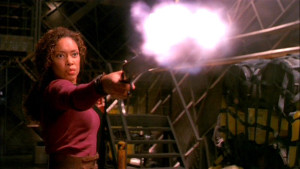

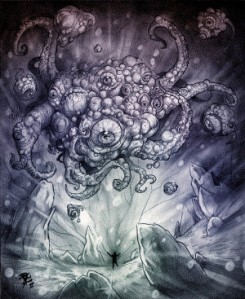

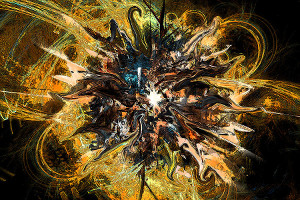


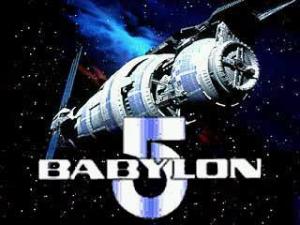




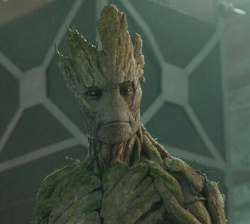







You must be logged in to post a comment.